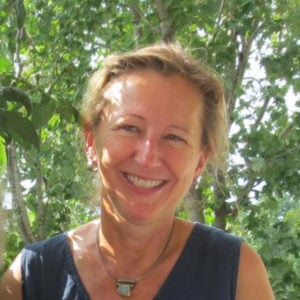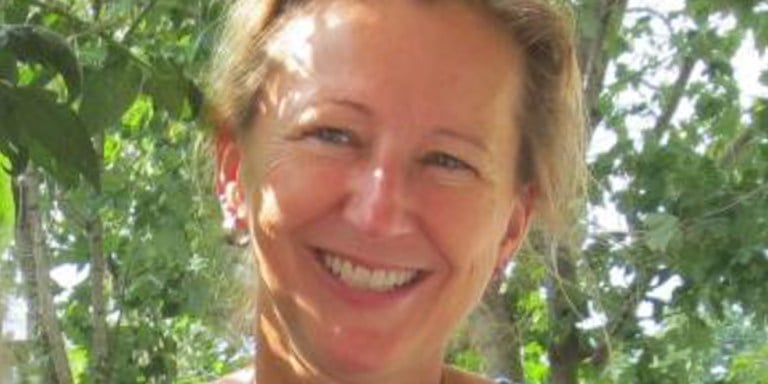In HISTORY 201: “From Confederate Monuments to Wikipedia: The Politics of Remembering the Past,” students will explore the purpose, practices and issues surrounding history today. Offered by history senior lecturer Katherine Jolluck this spring, the new course intends to — according to its course description — “examine various ways that history is used outside the classroom.”

The course will cover issues ranging from the debate over how to address enduring monuments in honor of Confederate leaders, to the controversy prevalent on Stanford’s campus today over whether to rename buildings originally termed after figures who held morally objectionable views.
“There are always a range of options,” Jolluck said, referring to viewpoints on controversial monuments. “You can expunge them, you can add commentary or put up, say, a counter-memorial, or you can put it somewhere else where the current climate, the current opinion is so obvious, and yet you get a sense of the hegemonic nature of that history and the politics that you could not transgress at the time.”
Another topic the course will address is the role of Wikipedia as a platform for the creation and sharing of public history. Jolluck explained that many people view Wikipedia as a source with some authority, and controversy exists around the extent to which contributions to the site should be open to the public.
Jolluck intends to make space for contradictions and encourage students to analyze and critically evaluate the arguments they encounter.
“Some of the issues are very sensitive, politically and emotionally,” Jolluck said. “I want to be sure that people feel safe and comfortable in explaining their points of view and trying to take in opposing viewpoints.”
She also plans to incorporate a wide variety of sources including recent articles, op-eds, historical research and pieces written by activist historians.
“Particularly in the political climate that we find ourselves in, it’s more and more important to know how historical terms are used and created, to understand where historical interpretations have excluded groups and individuals,” Jolluck said.
Throughout the quarter, students will complete short writing assignments reflecting on personal experiences with public history, considering the messages and interpretations of that history in various forms, and discussing communities or events that they feel have not received sufficient recognition.
“Often museums and monuments only tell one part of a story,” Jolluck said.
At the end of the quarter, students will choose from several options to produce a final project culminating their work over the course of the term. One option will give students the opportunity to work with the Department of Special Collections and University Archives in proposing a public history project.
Alternatively, students may choose to work with the Oral History Program of the Stanford Historical Society. In this collaboration, scholars will train students in oral history methodology, complete a multi-session oral history interview and write a reflection on the benefits and challenges of this process.
Jolluck hopes her students will gain an understanding of the dynamic nature of public history and its relevance in the present. She believes that public history shapes the way a community thinks about the past as well as how a community’s perceptions shape public history.
“The present changes how we look at history, how we regard it, what we report and what we commemorate,” Jolluck said.
Contact Olivia Mitchel at omitchel ‘at’ stanford.edu
